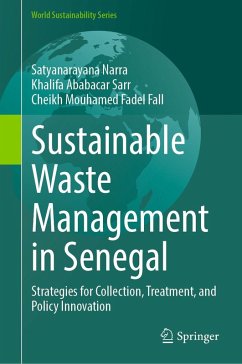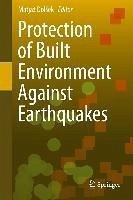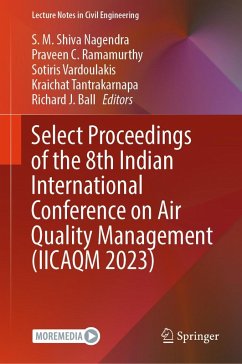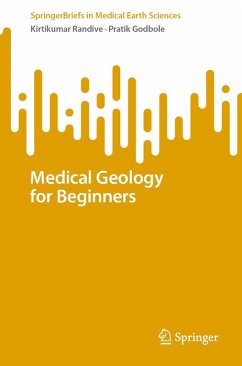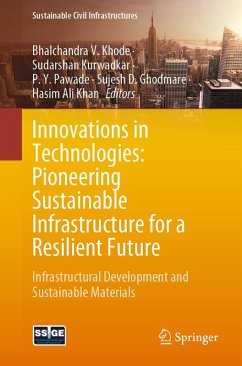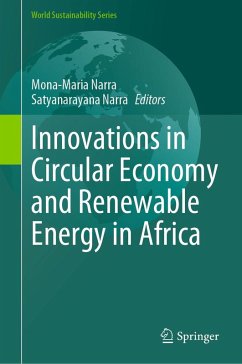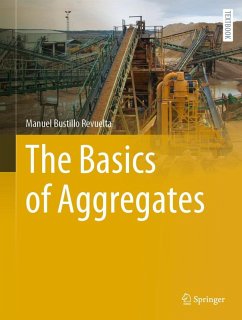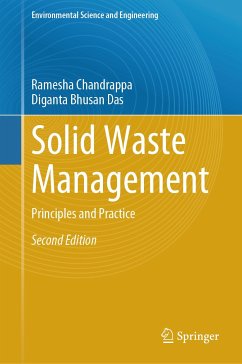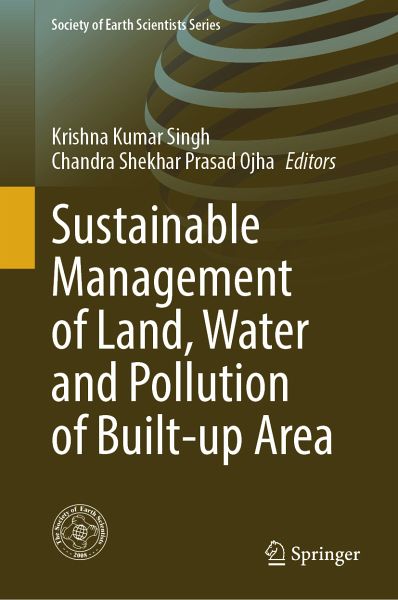
Sustainable Management of Land, Water and Pollution of Built-up Area (eBook, PDF)
Versandkostenfrei!
Sofort per Download lieferbar
112,95 €
inkl. MwSt.
Weitere Ausgaben:

PAYBACK Punkte
56 °P sammeln!
This edited book is a comprehensive and forward-thinking exploration of the challenges and opportunities in building environmentally resilient and thriving cities. In a rapidly urbanizing world, the management of land, water, and pollution within built-up areas is a critical issue, and this book presents a wealth of knowledge to address it. It showcases a range of case studies and real-world applications that illustrate successful strategies and innovative solutions for urban sustainability. These practical examples offer valuable insights for urban planners, policymakers, and environmental pr...
This edited book is a comprehensive and forward-thinking exploration of the challenges and opportunities in building environmentally resilient and thriving cities. In a rapidly urbanizing world, the management of land, water, and pollution within built-up areas is a critical issue, and this book presents a wealth of knowledge to address it. It showcases a range of case studies and real-world applications that illustrate successful strategies and innovative solutions for urban sustainability. These practical examples offer valuable insights for urban planners, policymakers, and environmental practitioners.
The book delves into cutting-edge research and visionary solutions. It goes beyond conventional approaches to explore emerging technologies and futuristic concepts, positioning itself at the forefront of urban sustainability. Readers will discover innovative ideas that can shape the future of urban development, making cities more livable, sustainable, and resilient.
The book delves into cutting-edge research and visionary solutions. It goes beyond conventional approaches to explore emerging technologies and futuristic concepts, positioning itself at the forefront of urban sustainability. Readers will discover innovative ideas that can shape the future of urban development, making cities more livable, sustainable, and resilient.
Dieser Download kann aus rechtlichen Gründen nur mit Rechnungsadresse in A, B, BG, CY, CZ, D, DK, EW, E, FIN, F, GR, HR, H, IRL, I, LT, L, LR, M, NL, PL, P, R, S, SLO, SK ausgeliefert werden.



